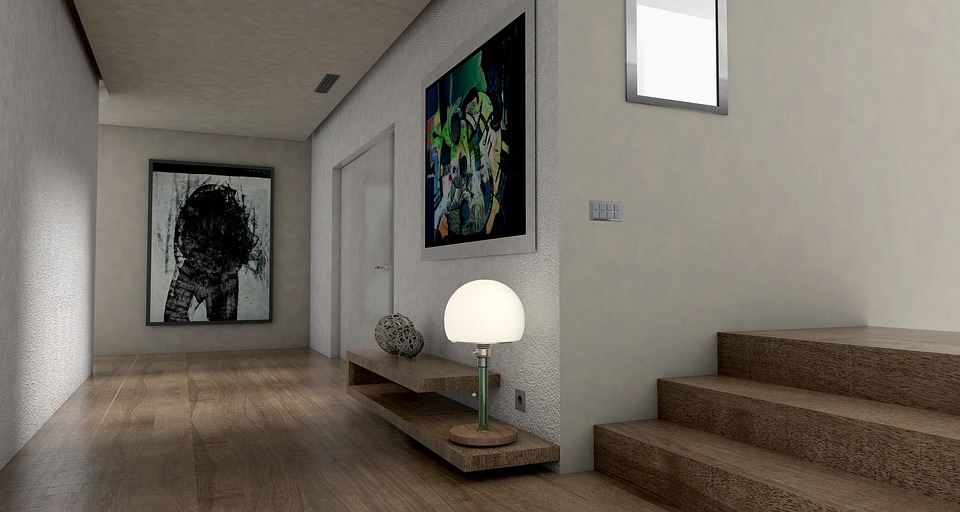Interior decorating trends
2018’s Top Interior Design Trends in Australia
You don’t have to trek through the metropolises of Western Europe in search of cutting-edge interior design. Australia has its own heritage of design aesthetics in cities like Sydney, Melbourne and Brisbane – and it’s reflected in the mentality of its residents, the climate and our way of life. This is what makes interior design characteristics distinct on each continent.
Here are 2018’s top interior design trends in Australia.
The magnificent Australiana
The latest interior design trends tend to celebrate all things Australian. It’s meant to reflect the historical preferences of European settlers combined with the colour palette that has been borrowed from the outback. Of course, these influences are not copied but translated to the modern setting. They are a bit leaner and cleaner, with restrained tastefulness. When it comes to colour combinations, the predominant hues are olive greens contrasted with bright, burning red, and rusty terracotta combined with worn out bluish pastels.
The furniture is mostly vintage wood of lighter tones, possibly with a distinct texture. Décor, smaller items and other paraphernalia go along the lines of hand-crafted, if possible, combined with organic linen and hand-printed tablecloth. Of course, if you prefer distinct motifs, flower prints of flora that is native to the Land Down Under are a must! It is all-around a rustic trend that is calming to the eyes.
Lightweight luminosity
When you get down to it right now, the overall principle in big cities like Brisbane in terms of interior design is to “throw the rules out of the window.” The ceiling becomes a legitimate ‘fifth wall’ that can have its own distinct texture, eclectic combinations of big and small are omnipresent, and designers tend to combine what appears, on paper, to be a shockingly disparate assortment of furniture.
The only thing that appears to be a consistent through-line is high luminosity. No matter how you arrange the room, when you introduce more light to it, it gets that distinct airy, lightweight feeling and clear outline at the same time. This is why people tend to concentrate on bringing more natural light into rooms – and renovations of windows and glass-door setups are becoming increasingly common.
For nighttime lighting, people are eager to invest in additional light sources, so reliable Brisbane Power Electricians also have their work cut out for them right now. Seamless lighting is a winning strategy right now, as invisible light sources tend to give the room an almost ethereal quality which, if you stick to lighter tones, tends to be very calming and mood-boosting at the same time.
Cutting-edge fashion trendsetters
When we talk about cutting-edge fashion trendsetting interiors, we are not talking about retailers and professional models. It is the interior design preferred by those who are selling a lifestyle – the true modern trend-setters that dictate all matters aesthetic – including the interior design trends of the season.
This interior design trend is all about monochromatic tones, simple textures and bold combinations. Contrast is your friend, but don’t think in cheap terms like black and white – a sense of sophisticated nuance has to be there. Think in tones like marengo and soft pink, onyx and bone white, consider shades of grey and dark browns in combination with gold and silver accents. Display clothing on open racks and purchase glass shelving or charcoal vintage wood to celebrate the lifetime of accessorising. Finally, add a dash of lively greenery with tall, leafy plant life in big porcelain pots.
Adorn your walls with posters of fashion models, pop art and stylised, minimalist graphics. Minimalist interior design is a close cousin of this fashionista approach – if you are a fan of this timeless design, you can have the best of both worlds.
When you try to grasp the overall characteristic of Australia’s interior design preferences, there is a markedly simpler, gentler approach than that of our European cousins. Euro-interiors tend to be gaudy and lavishing, with wild and bold combos. Australians seem to prefer more neutral, calming designs – which are probably meant to be in contrast with sunny Australian exteriors that are known for their vibrancy and diverse topography.




